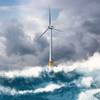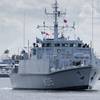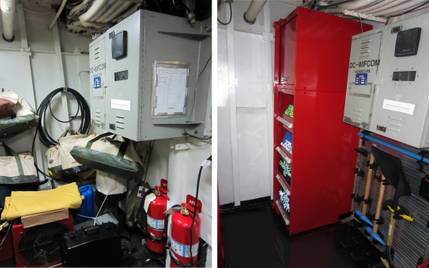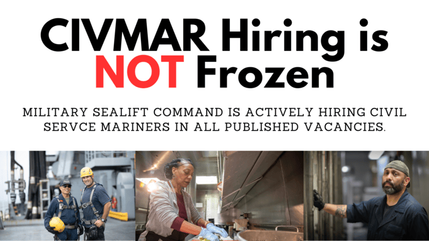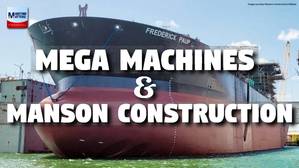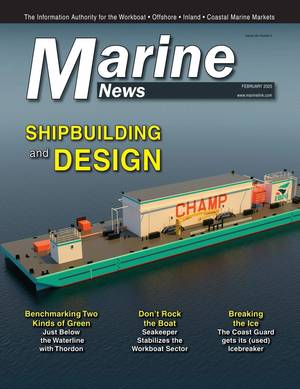FuelTrax Alerts Crew on Bad Fuel
Marine fuel management system provides live monitoring of fuel density and alarms if it is out of range.
Nautical Control Solutions, LP (NCS) has announced that the latest version of its FuelTrax Marine Fuel Management system now includes the ability to measure and monitor fuel density as it is pumped on a vessel. FuelTrax gathers and displays the mass, volume, temperature, and density of a fuel as it is being taken aboard. The fluid’s density is measured, recorded, and presented live in a moving graph on the FuelTrax main console. If a predefined amount of out of density range fuel is measured, a visual alarm is presented to the captain or chief engineer. An optional siren and strobe light is available for placement in the engine room to further alert the crew.
The system works with any type of marine fuel and can be applied to liquids such as drilling mud and other products transported by the vessel. “Our customers tell us that fuel can be contaminated with seawater or worse. Having the ability to identify potentially bad fuel and stop a bunker before too much has been pumped aboard can help save the costs of filter changes and tank cleaning at a minimum and help prevent damage to engines in the worst case,” said Anthony George, CEO of NCS. “One of our customers had just taken delivery of a brand new vessel and on the very first bunker had received an order of Diesel that far exceeded the average density for that fuel type. Having this new feature would have helped stop the contamination and provide the customer with documented evidence to show the fuel provider.”
“This new feature is available when using Coriolis mass flow metering,” continued Mr. George. “We have been expanding the application of Coriolis meters throughout our installations because of their accuracy and the chiefs like them for their fit-and-forget nature. Since they are also excellent densitometers, it made sense to expand FuelTrax to capture and report this information along with other parameters to produce a complete fuel signature for a vessel. Combining this with accurate burn rates and tank gauging provides total fuel accountability. We also foresee this highly accurate data helping meet MARPOL reporting requirements.”






